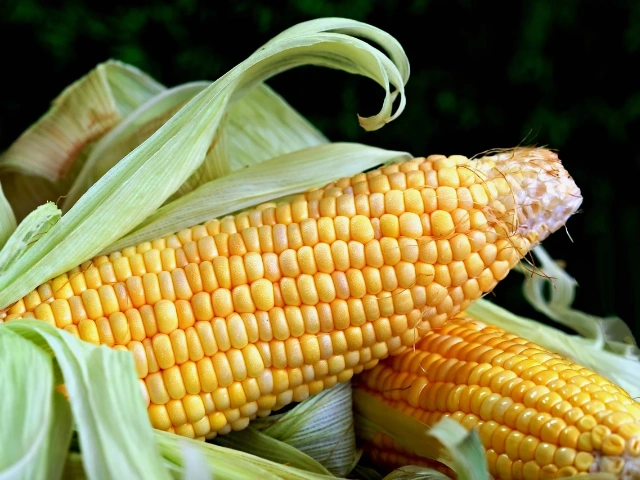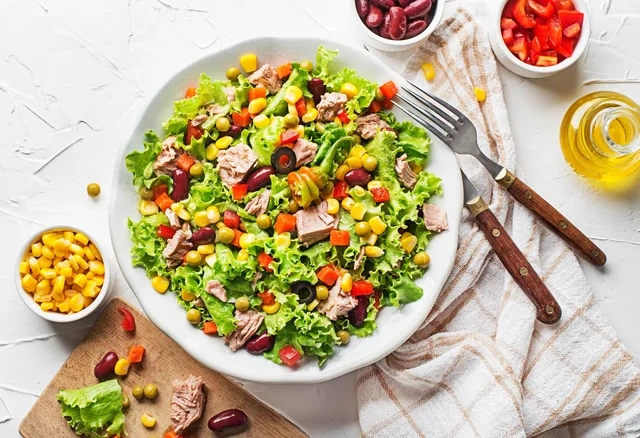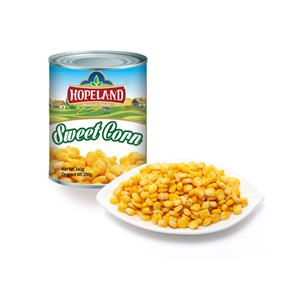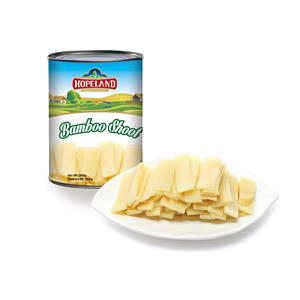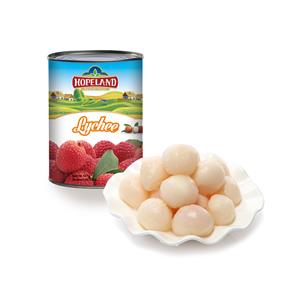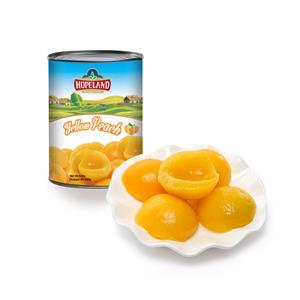The Journey of Canned Sweet Corn: From Harvest to Your Plate
Sweet corn is a globally beloved crop known for its sweet flavor, satisfying crunch, and versatility in the kitchen. While fresh corn has its season, canned sweet corn offers a convenient, year-round option for enjoying this nutritious vegetable. With a process that preserves its flavor and nutritional benefits, canned sweet corn has become a staple in households worldwide. In this blog post, we’ll explore the production process of canned sweet corn, its nutritional value, and the various ways it can be enjoyed in cuisines around the globe.
The Production Process of Canned Sweet Corn
The journey of canned sweet corn starts in the fields, with careful attention to harvesting, preparation, and preservation to ensure that every can retains the taste and nutrition of fresh corn. Let’s dive into each step of this fascinating process:
1. Harvesting and Shucking
The process begins with the harvest, which is timed to capture corn at its peak sweetness and tenderness. Typically, sweet corn is harvested when the kernels are mature but still soft. After harvest, the ears of corn are immediately shucked, with the husks and silks removed. This quick processing helps retain the flavor and freshness of the corn, which is critical for creating a quality canned product.
2. Cleaning and Blanching
After shucking, the corn is cleaned thoroughly to remove any residual dirt or impurities. The kernels are then separated from the cob and undergo a process called blanching, where they are quickly boiled or steamed. Blanching serves multiple purposes: it softens the kernels, locks in the flavor, and halts enzymatic reactions that might otherwise cause spoilage. By stopping enzyme activity, blanching helps the corn retain its natural sweetness and vibrant yellow color.
3. Packing and Sealing
Once the corn kernels have been blanched, they’re packed into cans, typically with a small amount of water and sometimes a dash of salt for flavor. The cans are then hermetically sealed to prevent air or contaminants from entering. This airtight seal is crucial for preserving the corn's freshness over time and ensuring it remains safe for consumption.
4. Heat Sterilization
The sealed cans undergo heat sterilization, a process where they’re heated to high temperatures to kill any bacteria or microorganisms that may be present. This ensures that the canned corn remains shelf-stable without the need for added preservatives. After sterilization, the cans are cooled, labeled, and readied for distribution, making their way to grocery stores and, ultimately, to your pantry.
Nutritional Value of Canned Sweet Corn
Canned sweet corn is not only convenient but also nutritious, offering a range of essential vitamins, minerals, and fiber. Despite being low in fat, it packs a nutrient-rich punch, making it a valuable addition to a balanced diet.
Here’s a quick look at the nutritional profile of one cup of canned sweet corn:
Calories: Approximately 130
-Fat: 2.5 grams
Carbohydrates: 27 grams
Fiber: 3 grams
Protein: 5 grams
Vitamin C: Helps boost immune health and supports collagen production.
Vitamin B6: Supports brain function and hormone regulation.
Potassium: Essential for heart health and muscle function.
The fiber content in canned corn also promotes digestive health, helping to keep the digestive tract running smoothly and potentially lowering the risk of heart disease. Additionally, it’s an excellent source of antioxidants, which help combat oxidative stress in the body.
Versatile Uses for Canned Sweet Corn in the Kitchen
One of the reasons canned sweet corn is so popular is its versatility in cooking. It can be added to a wide variety of dishes, bringing its mildly sweet taste and chewy texture to everything from main courses to snacks. Here are some popular ways to incorporate canned sweet corn into your cooking:
1. Salads
Canned sweet corn adds color and sweetness to salads. Whether it’s a fresh garden salad, a quinoa bowl, or a bean-based salad, a handful of sweet corn can provide a burst of flavor. In Mexican-style salads, canned corn pairs well with black beans, avocado, tomatoes, and a tangy lime dressing.
2. Soups and Stews
Sweet corn works wonders in soups and stews, lending a slightly sweet taste and thickening the broth. It’s commonly used in chowders, especially corn chowder, where it combines with cream, potatoes, and spices to create a comforting dish. Corn can also be added to stews, enhancing the texture and adding a sweet contrast to hearty ingredients like beans and meats.
3. Casseroles
For a quick and satisfying meal, consider adding canned corn to casseroles. Sweet corn combines well with ingredients like cheese, tomatoes, and meats, offering both flavor and substance. In Mexican-inspired casseroles, it pairs perfectly with spicy peppers, black beans, and shredded chicken, adding a gentle sweetness to the savory dish.
4. As a Topping
Canned corn makes a tasty topping for pizza, nachos, and tacos. When sprinkled over pizza, it adds a burst of sweetness that contrasts beautifully with savory toppings like pepperoni or mushrooms. On nachos and tacos, sweet corn complements ingredients like salsa, cheese, and guacamole, enhancing both the taste and texture of the dish.
5. In Baked Goods
Cornbread is a beloved baked good where canned corn shines. Adding sweet corn kernels to cornbread batter gives it a moist, slightly chewy texture and a touch of sweetness that pairs well with the classic cornbread flavor. In other baked dishes, like corn muffins or savory bread, sweet corn can add an unexpected but delightful twist.
Global Popularity of Canned Sweet Corn
Canned sweet corn is enjoyed worldwide and has become a staple in diverse cuisines. Its mild flavor and adaptability allow it to be featured in both traditional and modern dishes across various regions.
In the United States: Canned corn is frequently used in classic American comfort foods like corn chowder, casseroles, and cornbread.
In Mexico: It’s a key ingredient in salads, soups, and street foods, like elote (Mexican street corn), where corn is mixed with mayonnaise, cheese, and chili powder for a flavorful snack.
In Canada: Sweet corn is often used in winter stews and soups, providing color and nutrition during colder months.
In Europe: Canned corn is a popular ingredient in salads and is often served as a side dish with grilled meats or vegetables.
Final Thoughts: Why Canned Sweet Corn Deserves a Spot in Your Pantry
Canned sweet corn is more than just a convenient food; it’s a nutritious, versatile ingredient that can elevate a variety of dishes. From salads to soups, casseroles to cornbread, it provides a hint of sweetness and a satisfying texture that appeals to people of all ages. With a long shelf life and minimal preparation required, canned sweet corn is a practical choice for busy cooks and an essential ingredient to keep stocked in the pantry.
As demand for convenient, healthy foods continues to grow, canned sweet corn remains a popular and accessible choice for people worldwide. Whether you’re looking to add nutrition to your meals or simply enjoy its taste, canned sweet corn is a reliable and flavorful option worth considering. So, the next time you’re at the grocery store, don’t forget to grab a can or two – your future self (and your taste buds) will thank you!

